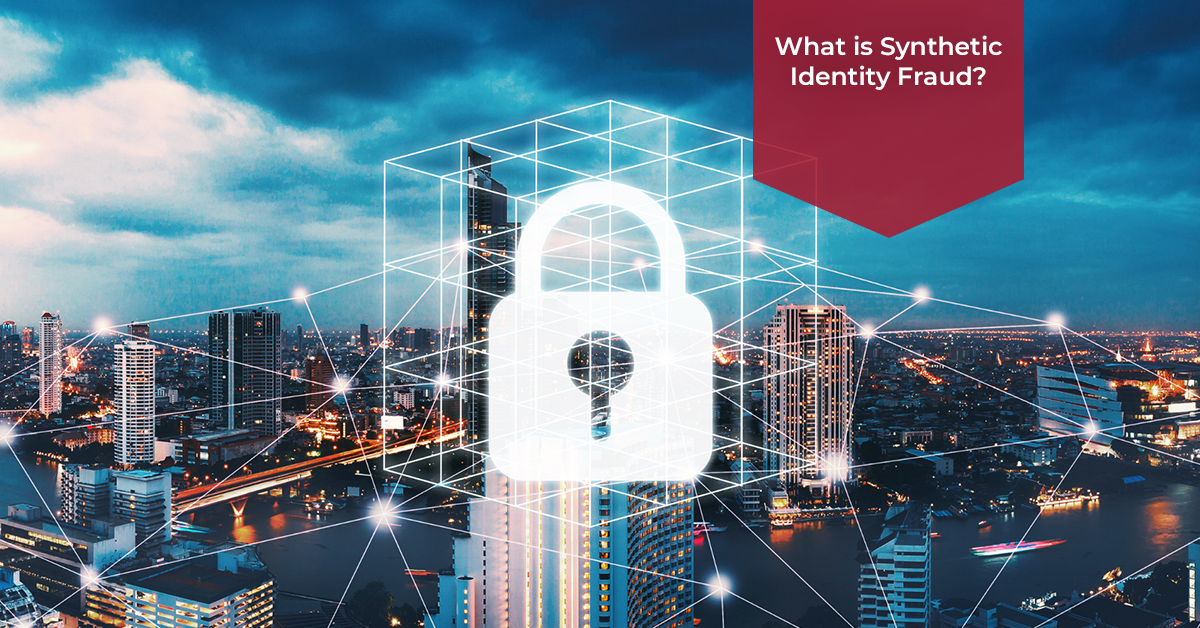
What is Synthetic Identity Fraud?
Synthetic identity refers to such things like obtaining real and fake information and such identity cannot be easily detected. It is employed to create various accounts, acquire credit and forge other related ways of embezzlement and fraud. It is challenging to detect because it often involves the use of legitimate social security numbers (SSNs) with fabricated details, making it appear as a real person.
What are the methods in Synthetic Identity Fraud?
The synthetic identity fraud utilizes real and fake information to develop new identities thereby being hard to identify. Fraudsters build credit and create accounts with these identities, eventually disappearing with significant unpaid debts to lenders.
- Fabricating Identities: Fraudsters typically begin by combining real Social Security Numbers (SSNs), often from children or deceased individuals, with fake names, birth dates, and addresses. This combination creates a new, seemingly legitimate identity. By applying for credit with these synthetic identities, fraudsters start to build a credit history. While initial applications may be denied, as the synthetic identity gains credibility through persistence, subsequent applications are more likely to be approved.
- Manipulating Systems: To further enhance the credibility of the synthetic identity, fraudsters manipulate credit repair processes. They build a positive credit history for the synthetic identity by exploiting inconsistencies in credit reporting systems. Such manipulation makes the synthetic identity believable in the eyes of the credit grantor, hence making the approval of credit applications and other financial products easier.
- Using the Identity: After the synthetic identity is established, related fraudsters apply for bank accounts, credit cards, and loans. They continue to build credit and increase borrowing limits. Eventually, they max out the credit available and disappear, leaving lenders with significant losses as the synthetic identity defaults on the loans.
What to Do if You’re Exposed to Synthetic ID Theft?
When you realize you are possibly a victim of synthetic identity theft, you should take adequate measures to grab the situation lest it gets out of hand. This category of fraud entails the provision of real details mixed with fake details, resulting in critical financial losses that may be realized from such scams, should they not be uncovered on time.
- Monitor Your Credit: For any activity or account that you did not open, always review your credit report to find out more. It is recommended to use credit monitoring services which inform about changes in the credit file.
- Report to Authorities: Any person with an intention of joining the synthetic identity theft should report the issue to the FTC apart from reporting the issue to the police authorities. One can as well call or write to the fraud departments of the three national credit bureaus of Equifax, Experian, and TransUnion to report the identity theft and ask that a fraud alert or credit freeze be placed on the credit file.
- Contact Financial Institutions: They should also alert the banks, credit card issuing companies and other financial institutions where the fraudsters conducted the above operations to block the accounts/culprits from further transaction. It has to cooperate with such institutions to block deceitful accounts and reverse any transactions that have not been approved by the cardholder.
- Secure Your Information: Let people only give out SSN when it is necessary due to identity theft. Apply unique and powerful passwords to the accounts used on Internet and turn on two-factor identification if possible.
Following these measures, the consequences of synthetic identity fraud can be reduced, and one’s financial health preserved.

